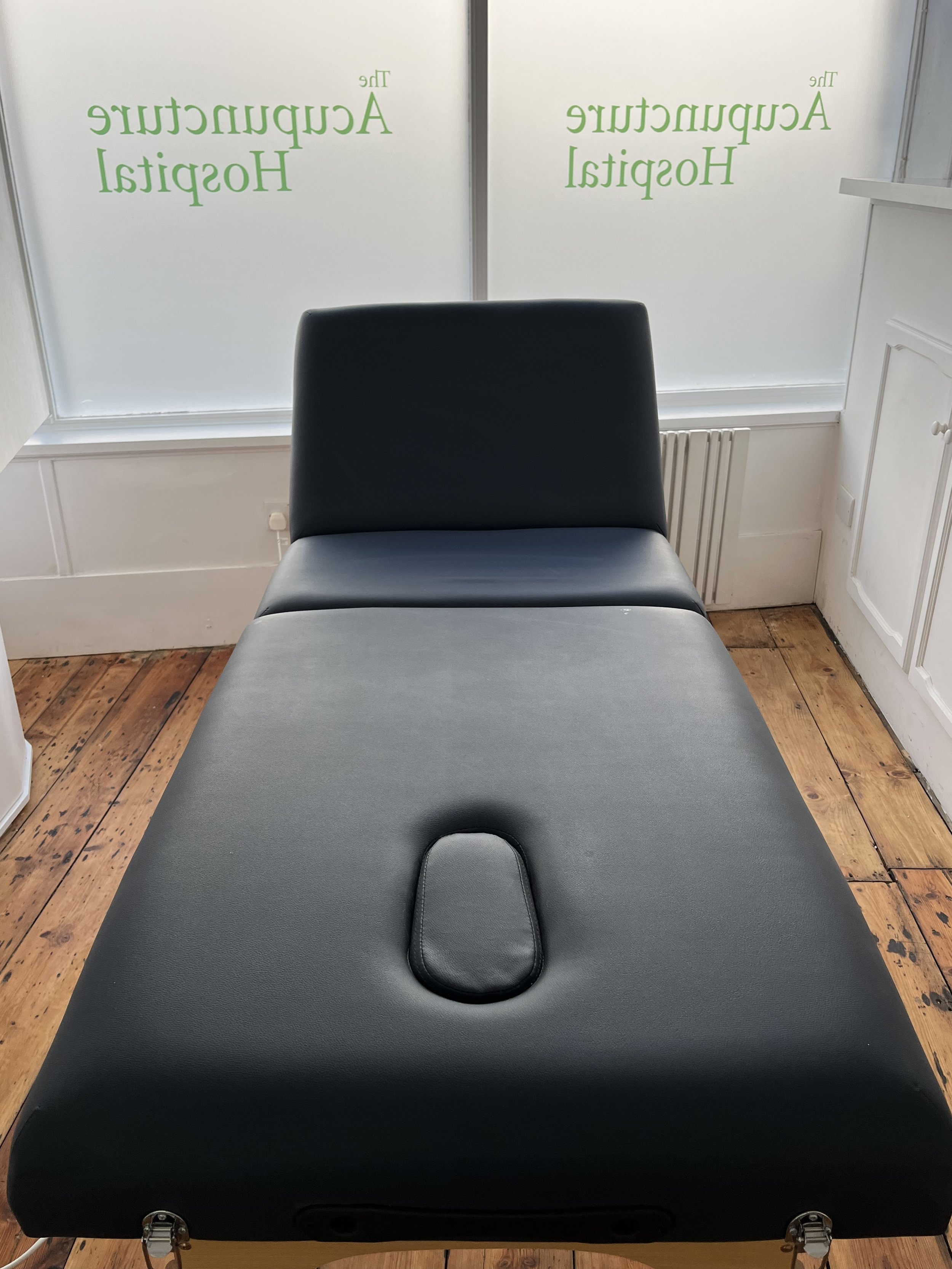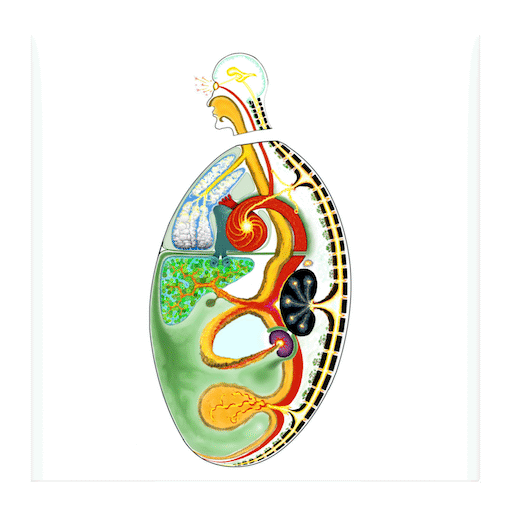Your cart is currently empty!
Diploma
The Diploma in Acupuncture is a one year course overseen and awarded by the School of Scientific Acupuncture and Oriental Medicine (SSOMA). It is taught at The Acupuncture Hospital in Tunbridge Wells. More details of the hospital can be found here. Students at the school are known as Interns.


Entry Requirements
- No medical background is necessary but interns should have a strong interest in the human body, a curious mind and a willingness to help others.
- There are no exam requirements (ie. GCSE or A levels) but interns must complete and pass an entrance exam and there is an interview.
- The entrance exam takes the form of a ‘medical IQ’ exam and a theory exam. The purpose of the exam is to ensure that students have a good aptitude for the course.
- The theory exam is based entirely on the information found in these pages where an example page of the Medical IQ exam can be found as well. Prospective interns are expected to have read the first part of The Spark in the Machine. There is also a mini exam where you can test your knowledge.
School Expectations of Interns
The School expects interns to study for one hour a day every day. This can be done wherever they like but ensures interns understand the basics, including channel palpation and point location, very well. Failure to do this often results in vital information being forgotten and impacts learning during the clinical time. Study can include reading, watching the online course and channel palpation.
Clinical time is a minimum 8.5 hours a month at The Acupuncture Hospital. Interns are encouraged to come as often as they like (space permitting) to the Intern Clinic which currently runs every Tuesday and Friday. Interns are expected to be professional at all times. When interns are effectively treating the patients, all tips (money from the patients given to show gratitude when they become better) go to the intern.
Curriculum
Pre-clinical Practice – 3 Months.
Clinical Practice – 9 Months.
The SSOMA curriculum builds in a stepwise fashion from the basics of qi and channels, through the Six Divisions before moving on to the complexity of clinical practice. The theory is taught as relates to clinical practice and even the pre-clinical stage takes place in the hospital and with patients. As such it is a extremely efficient and streamlined curriculum that teaches you acupuncture safely and effectively.
The curriculum is mainly built on the work of Dr Dan Keown’s two books – The Spark in the Machine and The Uncharted Body. These works show how the Chinese medicinal view of the body can be easily understood using Western principles. As a result of this work it naturally subsumes Western anatomy and physiology within it and there is little to no formal teaching of ‘conventional medical science’. This saves time and work for the students.
As well as this Dr Keown’s unique way of teaching the points through the application of channel palpation means that students quickly and competently learn the channels and points without needing to formally memorise the underlying anatomy or even the position of the points.
A streamlined and efficient curriculum is important for a number of reasons but most importantly it frees up time for students to concentrate on the important part of becoming an acupuncturist – treating patients.
Students receive a coursebook that they work through. The first pages of the course book with the layout of the work are found here.

What Makes the SSOMA Course Different?
The SSOMA course is focused on one thing and one thing only – getting you to see and successfully treat patients as quickly as possible. Seeing patients is what will turn the theory into reality and let you become a great acupuncturist.
In order to do this the course eschews the conventional way of teaching points based on learning anatomy and instead teaches them through channel palpation. This means that students quickly and competently learn not only where the points are but also the art and science of channel palpation. In Dr Keown’s experience this is the single most useful diagnostic tool available to an acupuncturist.
What is it like being on the course?
One of our graduates, Nicki, kindly offered some words of reflection on successfully completing the course and entering clinical practice.
Fees
The course fees are £8 800
